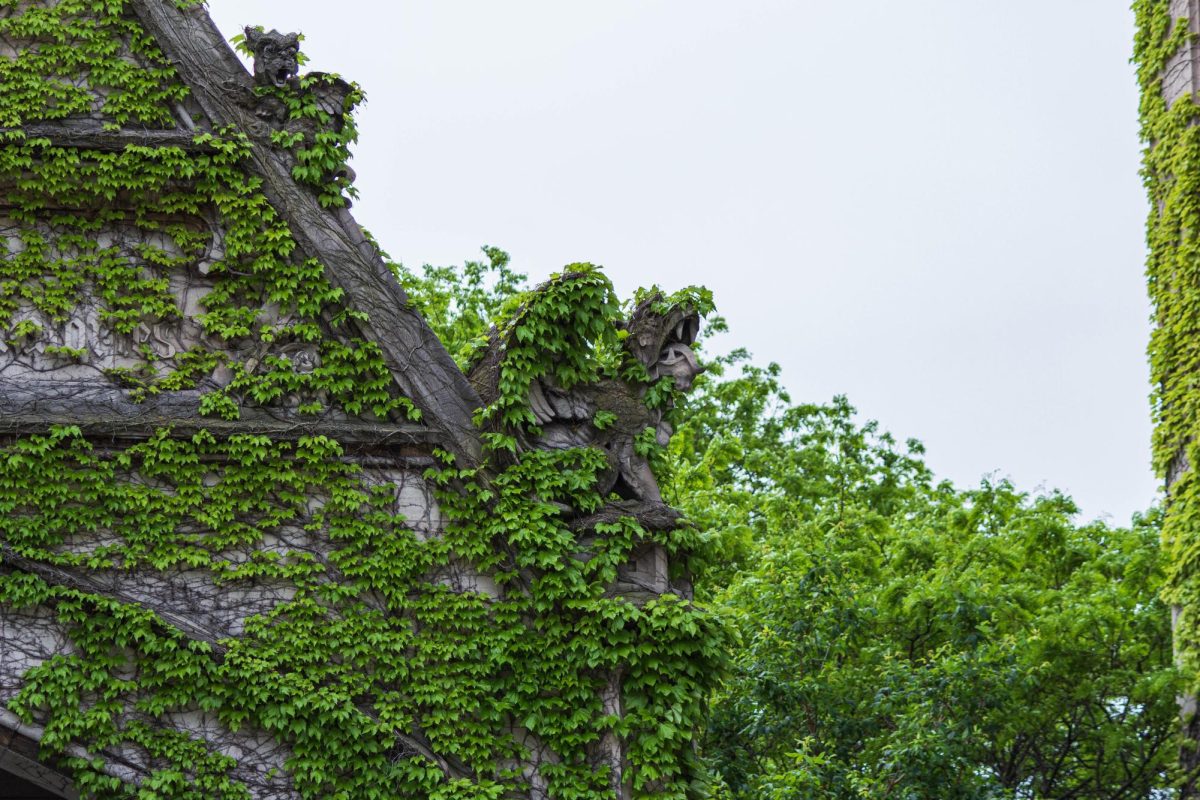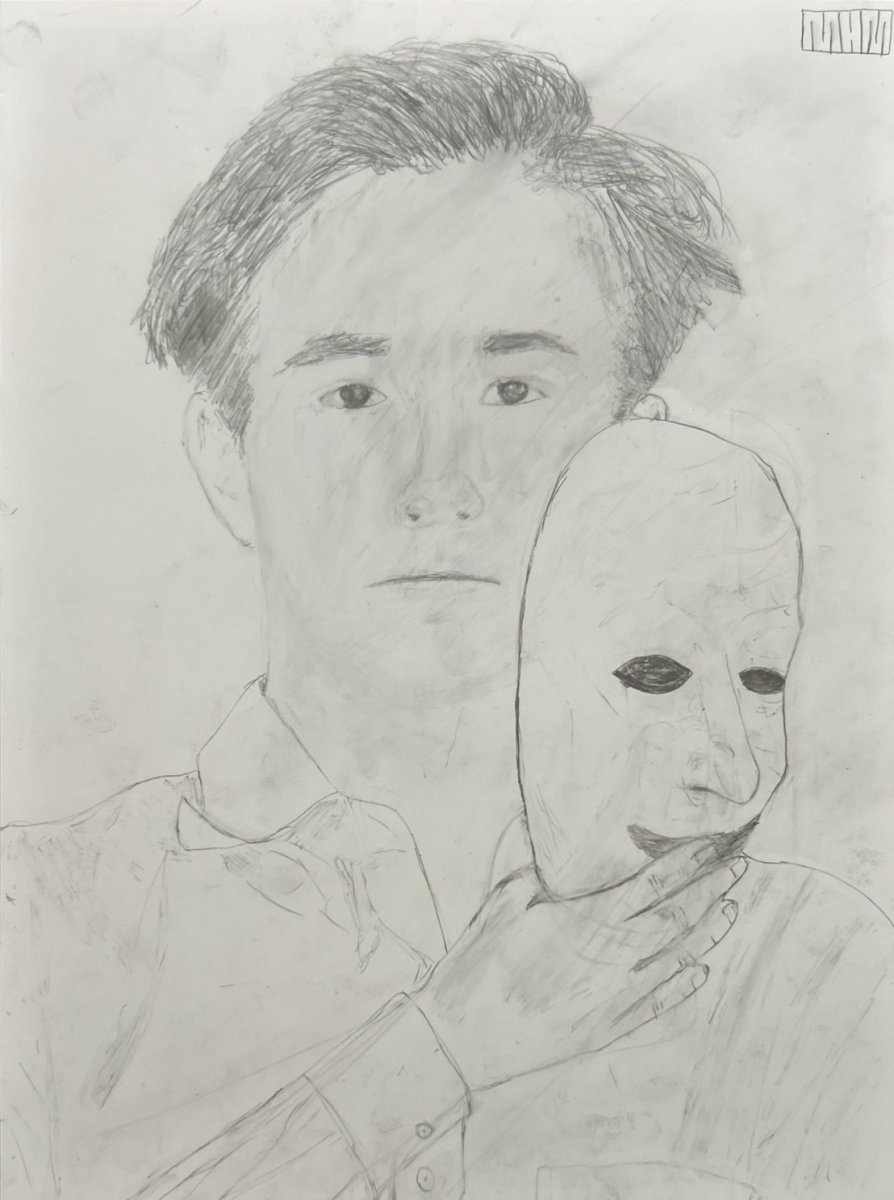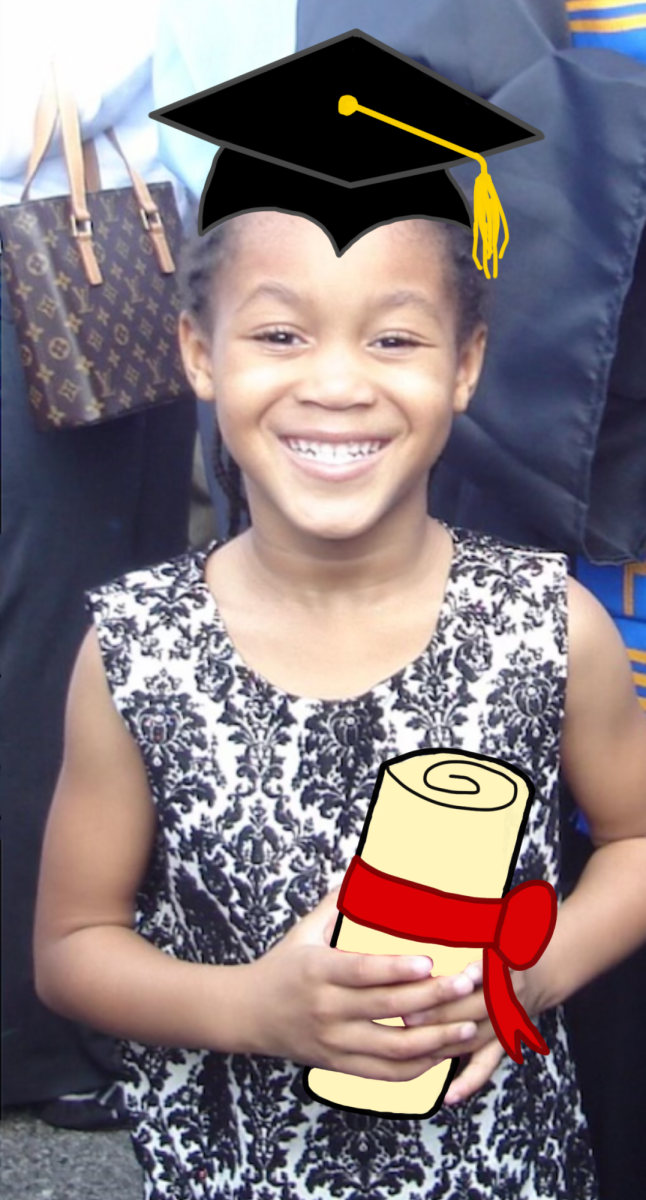It isn’t unfair to say that students struggle to conceptualize our university’s situated position in Hyde Park. Many articles in The Maroon have lambasted the arrival of new businesses and diagnosed our university as imperious or anarchic, all the while rejecting the conflation of University, student, and Hyde Park interests. The way I see it, these arguments provide skillful consolations to students’ discomfort in a new neighborhood. These articles are built around a sense of false activism, perhaps performing some moral accounting; however, in their defiance and denial of the University’s placement in the neighborhood, these arguments serve only to preclude students from thoughtful participation in our greater community.
Though we must admit that we have different stakes and priorities in the neighborhood than lifelong residents, we need to stop manufacturing such harsh disjunctures between Hyde Park residents and students. The dominant rhetoric I have noticed is that students are guests in Hyde Park: transient and itinerant consumers that should divorce themselves from participating in the economic and social composition of the neighborhood. While referring to ourselves as “guests” may be an exercise in respect towards the constitution of the neighborhood, there is some fiction in this designation. If we see ourselves as “guests,” we are forced to treat the neighborhood with indifference and alienation. Like it or not, the University is in Hyde Park, and we should stop seeing ourselves as guests.
First, though, I somewhat agree. You will likely only spend four years punishing the quad with angry stomping or spending long nights in Mansueto, the cyst of central campus. Despite this, it’s not difficult to see that the student demographic is calcified in Hyde Park. Students will invariably reside in the neighborhood; students at UChicago alone contribute over 17,000 people to the community that is Hyde Park. Considering that according to recent census data from August 2021, Hyde Park’s permanent residency is only 29,456 residents, it’s worth recognizing UChicago’s student body as one of Hyde Park’s most enduring and significant sub-demographics.
That’s not to say that four years is an insignificant period of time. Four years represents nearly twenty percent of our lives by the time we graduate. I'd argue that we do live in Hyde Park—we’re not just visitors. And I don’t know about you, but I do not want to feel like a visitor. As UChicago students, we have a ravenous appetite for activity and engagement. But we also crave inactivity. We crave stability, comfort, and a sense of community. That’s impossible to achieve when you consider yourself a visitor, refusing to acknowledge your domestication in a new place and seeing our university as peripheral to an exciting and important neighborhood. By multiplying this “guest” designation, we continue to estrange ourselves from the possibility of broader community and engagement.
While we can dispute the semantics of “guest” or “resident,” I don’t think this is our biggest challenge. Let’s consider the attitude towards the University’s placement in Hyde Park. Many students prefer that our university act like scratch-and-sniff stickers or lottery tickets: invisible, unpresuming, revealing itself only when the neighborhood feels like scratching. In my view, this attitude only serves to reproduce the difficult negotiations between the University and Hyde Park community. We need to first accept our university’s placement within the neighborhood in order to better make sense of its participation.
The University is inseparable from the neighborhood it exists within. The way I see it, to draw these boundaries is to gerrymander a pancake. Or, as my dad says, you can’t say the arm isn’t a part of the body. As I already mentioned, the student population is over half the population of Hyde Park, and nearly 60 percent of University faculty live in Hyde Park. It’s unreasonable to suggest that Hyde Park’s economy will ignore this demographic of disposable income and educated consumers. While the University as an institution must be held accountable in the lineament of gentrification, we must also stop seeing ourselves as ineligible for participation in the neighborhood.
That said, we should absolutely be concerned about—and sensitive to—the displacement of low-income residents due to our university’s over-engagement in the neighborhood. However, when we argue on the grounds of gentrification, we need to separate the University’s deliberate and parasitic behavior from the behavior of a market economy, which unfortunately doesn’t have the same responsibilities to the neighborhood. We can’t schematize every new business by using the same standards we hold for our university. The dangers of rampant, college-spurred gentrification require more complicated analysis than that.
Ultimately, the arguments of whether we are guests or whether the University is overbearing are only a part of a more important conversation. As a student body, I think our underlying disagreement grapples with one fundamental question: Who is Hyde Park for?
And while we must try our best to answer the question, I think that many of us don’t fully understand the complexities of Hyde Park. My impression is that students feel that our privileged population is taking away Hyde Park from a disadvantaged population. And while the discussion of “gentrification” is undoubtedly grounded in good intentions, it is unfair to reduce Hyde Park to a neighborhood of poor people and people of color.
Hyde Park is 47.9 percent white, 26.4 percent Black, 13.5 percent Asian, 7.4 percent Hispanic or Latino, and 28.1% of households make over $100,000 a year. Additionally, the total white population has only increased by 4.4 percent in the last twenty years. So, considering the arrival of new businesses, is it possible that Whole Foods, Sweetgreen, and Lululemon are targeting a population of affluent residents unconnected from UChicago? Can we redefine our conception of a South Side neighborhood as simultaneously being wealthy, diverse, and culturally relevant? Can we accept that there are people of privilege that appreciate the arrival of new businesses, wait in line for a $48 Lululemon water bottle, and may not fit our image of a South Side neighborhood?
This recognition does not discredit or seek to disregard the underserved population in the neighborhood. My point in bringing awareness to the racial and economic diversity is to prompt a question we are not answering: Is there a vision of Hyde Park that works for everyone? Is there a Hyde Park where underserved populations have access to necessary goods and services, a fair housing market, and at the same time, students and wealthier populations can engage in other forms of inessential consumerism?
I believe in integration, not alienation, and improving students' disjointed relationship with the community will better combat the dangers of gentrification. That said, I can only idealize what productive participation looks like in Hyde Park for University students. But for now, I would encourage students to better understand the neighborhood we live in. Read the Hyde Park Herald, walk or run through the neighborhood, support local businesses, and have conversations with residents or business owners. While we often jump right into action, I think we need to start with learning the mobile attitudes and anxieties of our broader community.
We need to reevaluate the responsibilities and privileges between ourselves, our university, and Hyde Park. Let’s stop nourishing our consciousness through unproductive rhetoric and denial of where we are. I’m not asking us to stop being critical of our university or gentrification. But instead of ignoring where we are, let’s think about our situated position and what we can do about it.
To be frank, I’m not optimistic that the University will unanimously accept Hyde Park, at least not during our time here. But for the meantime, I challenge us all to consider, can we rethink how we fit into Hyde Park without the shadow of our institution?
Can we reimagine a Hyde Park that works for everyone?
Henry Cantor is a first-year in the College.








